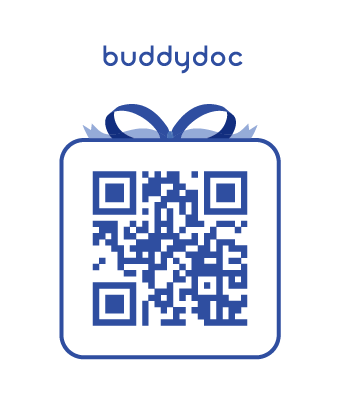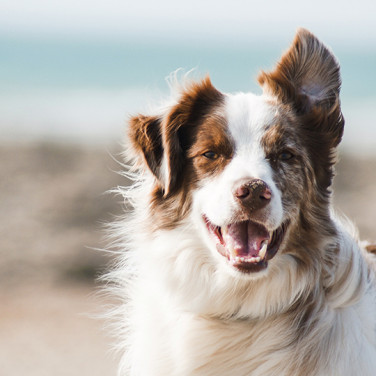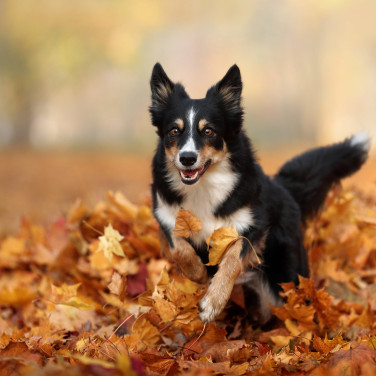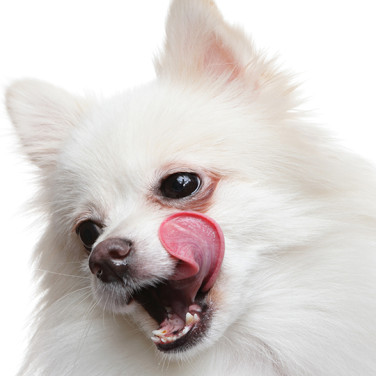ARTICLE
Why Do Dogs Roll In Dirt and Other Smelly Things - 5 Reasons
페이지 정보
본문
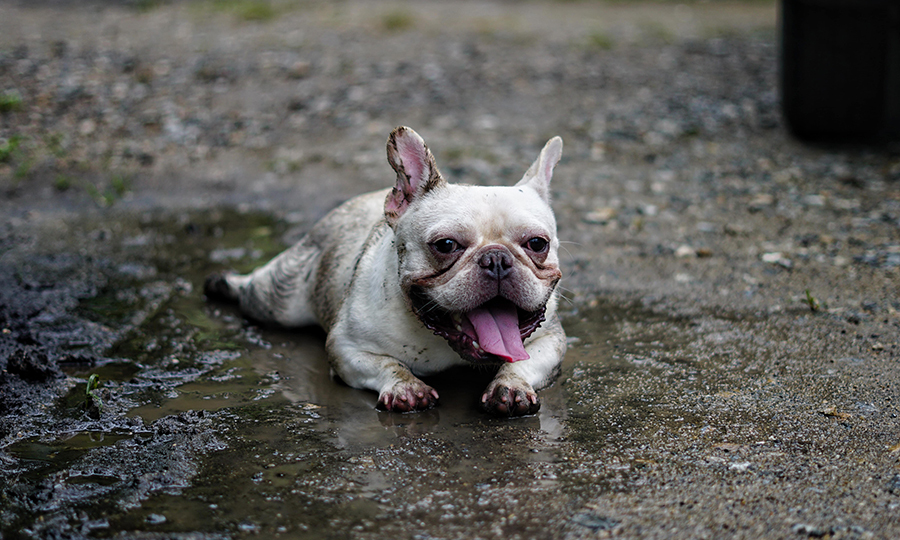
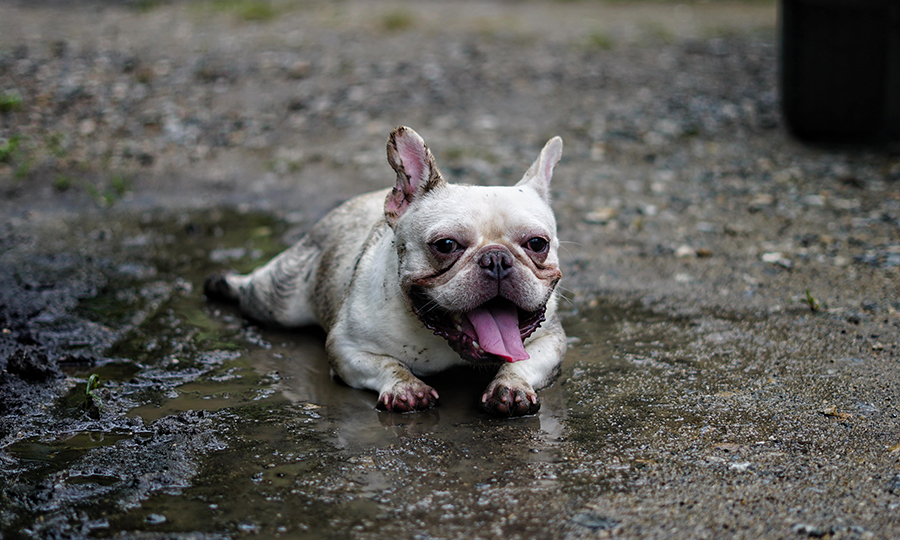
Why dogs roll in poop, mud, and other smell things
Dogs have a unique behavior of rolling and jumping in dirt, feces, mud, and other smelly things. As pet owners, we may find this behavior distasteful, but it's important to understand that this is a natural behavior for dogs. In this article, we will explore the reasons why dogs roll in poop and other smelly things, and what we as pet owners can do to manage this behavior.
First, it's important to understand that dogs have a highly developed sense of smell. Their sense of smell is up to 100,000 times more sensitive than ours, and they use their sense of smell to explore, understand their environment, and communicate. Rolling in dirt and other smelly things is a way for dogs to mark their territory and even communicate with other dogs. It's also a way for them to mask their scent, making them less conspicuous to other animals.
While some may be quick to scold this behavior, it is beneficial to understand your pet on a deeper level and why dogs like to roll in poop. This way you may be able to find an effective resolution to this behavior that will work with your furry companion. Going down a list, we have provided a brief on the 5 most common reasons why some dogs roll in dirt, mud, and other smelly things.
Dogs roll in grass, dirt, poop, and other smelly things because of:
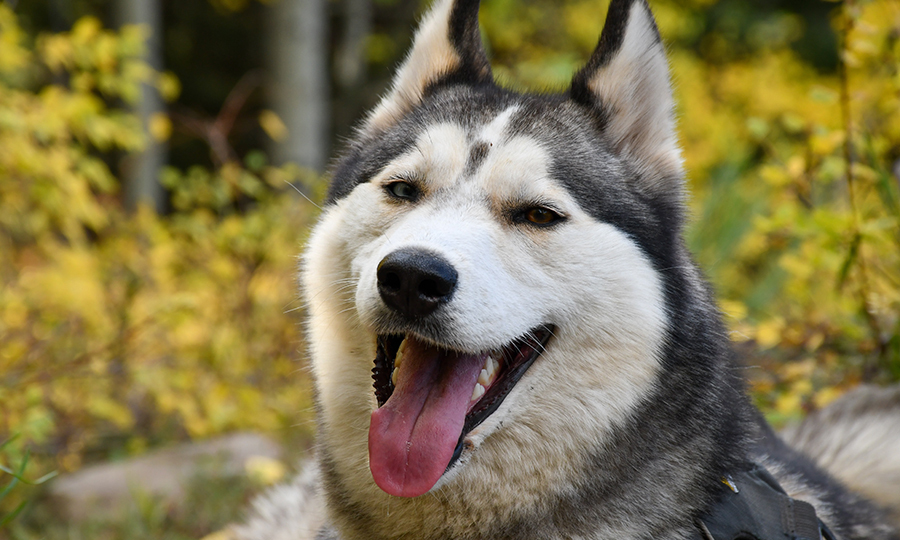
-
Natural instincts
This behavior can be attributed to a hunter’s instinct that has been passed down from their wild ancestors. Wolves typically masked their scent with the feces of other less predatorial animals or even their carcasses. This would give the wolf a hunting advantage when finding their next meal. This instinct to camouflage themselves may still feel natural to your groomed and well-fed pup. Despite having a consistent source of food readily available at their scheduled meal times. If your dog still rolls around in the mud or dirt moments after being bathed goes to show just how strong those natural predatory instincts are ingrained in their DNA. No matter how well you feed and pamper your dog, these factors cannot undo generations of their natural hunting instincts.
-
Masking their scent/Marking their territory
Dogs are known to have a strong sense of smell and rolling in dirt or other smelly things can help to spread their scent while also masking their own scent. This instinct dates back to their wild ancestors again, who would use this behavior to reduce the likeliness of getting detected by their prey. Vice versa, your dog may take the opportunity to roll in poop if he comes across a pile of mountain lion poop. As mountain lions are natural predators of coyotes, your dog may seek protection by masking its scent with that of a mountain lion to deter the likelihood of being attacked by a coyote. Similarly, using scent to communicate between different species, you may notice your dog rolling around in the dirt and grass outside your yard. This is to leave their scent all over the place to send a warning sign for other dogs to not trespass on its territory.
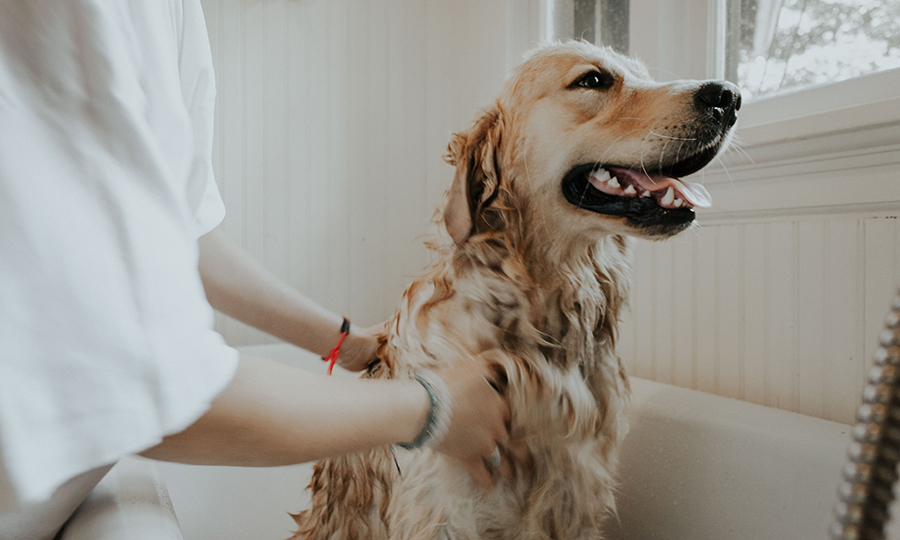
-
Maintaining their unique scent identity
Dogs are very particular with their sense of smell and that goes for how they may feel when other dogs take in their scent. Our personal preference would want our furry little animals to smell like flowers, scented shampoos, or something else that appeals to our human noses. The fact of the matter is, our noses are very different than our pets and when they sniff something that is unnatural to them. They may want to get rid of that smell from their fur. Our furry companions typically prefer the scent of bare soil, grass, mud, or a combination of all three and then some. To put it simply, they just want to smell like a dog. If that means your dog rolls in mud, dirt, or something less favorable, then that is what your dog just might do after coming home from the groomer.
-
Practical reasons are often overlooked
A reason for dogs rolling in mud or dirt may simply be attributed to a quick way of cooling off on a hot day or scratching an itch that has been bothering them all day. One of those itches that only a full-body tantrum in a field of dirt and tiny round pebbles can hit where no other claw or tongue could reach. Another reason a dog may choose to roll around is to self-groom and help speed up the process of shedding to make room for their new coat.
-
A form of expression
Dogs cannot express themselves as eloquently as we can, but what they lack in words they make up in body language. One way they can express how happy they are is through muddy wiggles and dirt baths. Rolling is among their arsenal of body language like tail wagging and face licking, that helps to express their good mood with you. Seeing your dog rolling in mud or dirt may not be the most convenient form of expressing their happiness but I say take it or leave it! :)
How to stop a dog from rolling in poop
To prevent your dog from rolling in dirt and other smelly things, it is important to provide them with plenty of exercise and playtime to tire them out before they can get the idea. You should also keep your dog on a leash when walking in areas where there are likely to be enticing smells, such as garbage, rooting food, mud, and other animal feces. Additionally, you can try to distract your dog with a toy or treat when they start to show an interest in rolling in something dirty or smelly.
On top of using a leash and distractions, you can follow this quick checklist of strategies to help prevent your dog from rolling in mud, dirt, and dead animals.
-
Regularly clean your yard
Regularly check your yard for any potential triggers such as dead birds or rodents, rotten bird eggs, etc., and remove them before your dog sees them.
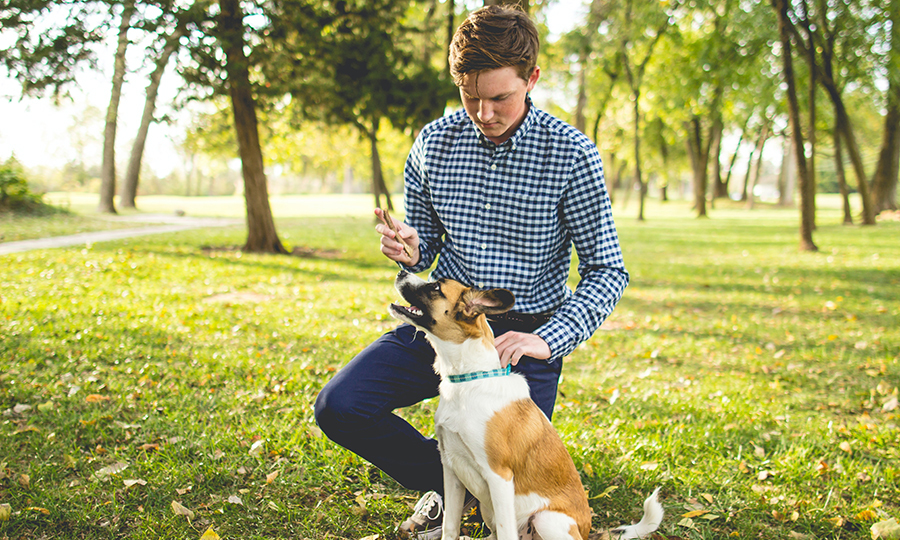
-
Teaching them a new command
Training your pet to understand the “leave it” and “no” commands in a stern voice without shouting can be an effective way to teach your pet to not exercise any unwanted behavior.
-
Be extra vigilant on walks
Pay attention ahead to know when to direct your dog to avoid messes for your dog to be interested in.
-
Dry them immediately after bath time
Using an extra absorbent towel after bathing can help discourage your puppy’s urge to roll around.
-
If your dog has already gotten away with it
Ensure that you use an enzymatic shampoo that completely removes the odor of whatever your dog may have gotten into to lose the scent of the location, animal, etc. Dogs are very particular about scents and if they recognize a scent it may trigger the same behavior.
Reasons why you should prevent your dog from rolling in grass, mud, and other messes
Parasites like ticks and fleas can attach themselves to a dog's body and cause discomfort and allergic reactions. Additionally, harmful chemicals found on the ground, such as lawn care treatment and pesticides, can lead to skin infections if a dog rolls in them. Lastly, bathing a dog that has been rolling in mud is just a cumbersome task that any pet parent would prefer to not have to deal with.
Conclusion: Why does my dog roll in dirt?
In conclusion, dogs love to roll in grass, mud, poop, and other smelly things because of their strong sense of smell, instinctual behavior, and the pleasure it brings them. As pet owners, it is our responsibility to ensure that their rolling behavior is safe and appropriate and to train them to resist the urge to roll in unhygienic or unsafe areas. We should also always be mindful of the potential health risks that come with this behavior and take steps to prevent them. It is also important to remember that this behavior is a natural instinct for dogs and that it is not always within our control to stop it entirely. However, with proper training, supervision, and management, we can help provide healthier alternatives that can mentally and physically stimulate them. This way our dogs can channel their natural instincts more safely and healthily.
Read more on the Buddydoc blog page!
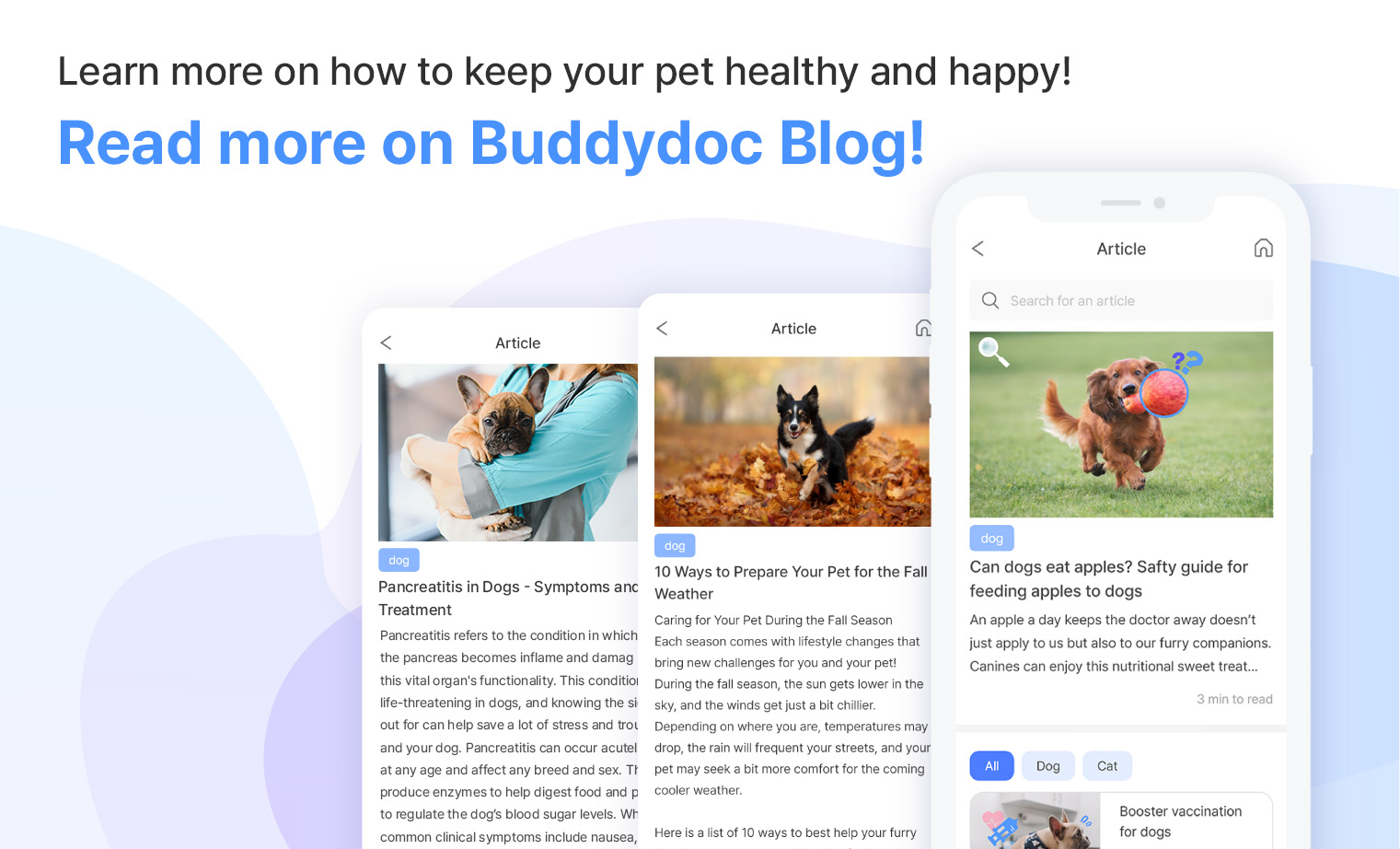
Buddydoc provides a weekly updated blog to keep you informed on the latest and best ways to prepare and take care of your pet all year round. Check out more articles you may be interested in!



